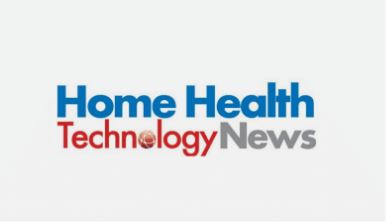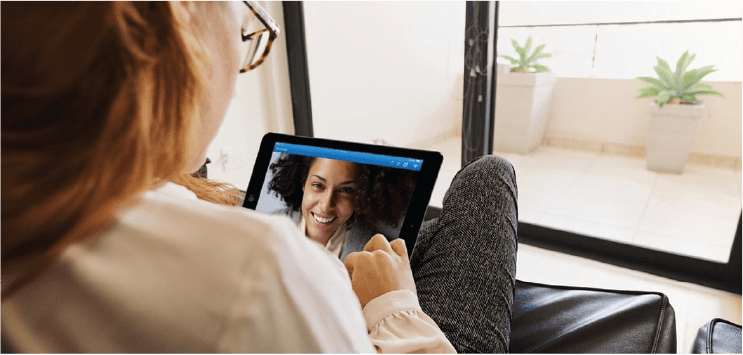At VeeOne Health, we’re very optimistic about the state of the telehealth solutions market and its prospects for continuing growth in 2022. Between COVID, a need to manage chronic diseases, price inflation in goods and services and tight budgets, hospitals and clinics must do all they can to improve efficiency and reduce costs when delivering healthcare. Telehealth solutions will play a key role in making that happen. Our telehealth solutions are growing in depth, breadth and sophistication, and this evolution plays right into the key trends we see for 2022.
Using Telehealth More Effectively
We’ll see a continuing push to use telehealth more effectively in 2022, whether that’s as an adjunct to in-person care, or to prevent readmissions, or to support other uses. For example, Remote Patient Management (RPM) will start taking off in 2022 – more technology companies are entering the market, and hospitals and clinics will really start using RPM solutions that use smart devices and monitoring devices that deliver good data. To maximize care for acute patients, hospitals are leaning more toward ‘hospital at home’ treatment for the less affected, so they’ll need the right tools and workflows to make that happen. We will have significant enhancements for our RPM solution in 2022 that ease workflows and expand monitoring capabilities.
Related: The Cultural Shift: Maturing of the New Remote Era
Chronic Disease Management
In 2022, we’ll begin to see more chronic diseases and disease management being tracked through virtual care platforms. RPM devices can reduce hospitalizations and control readmissions by watching for dips in vital signs, and there will be more of a push by healthcare insurers to control chronic diseases like CHF or COPD without hospital readmissions. You’ll see telehealth companies seeking to maximize virtual care to its fullest potential without compromising the physical nature of seeing a patient. To enable hospitals to treat more patients, we expanded our solution portfolio to incorporate language translation into telehealth visits during 2021, and we expect to continue enhancing our solutions in 2022 by incorporating more specialists and adding Artificial Intelligence (AI) and Machine Learning (ML) to improve treatment efficiency.
AI and ML Come to Telehealth
In 2022, we’ll see more interest in and acceptance of artificial intelligence (AI) and machine learning (ML) in telehealth solutions. Healthcare organizations will explore using data collected from RPM devices to feed ML engines that help with disease management. RPM solutions will leverage ML to become “smarter” at detecting nascent health issues and automatically alerting staff about them, while AI will use the RPM data to extrapolate or fill in the gaps in data, so it becomes meaningful. Clinical workflows will put the pieces together to help produce better treatment plans.
These are just a few of the ways that providers will use VeeOne’s virtual care technology to solve real-world healthcare issues. Stay tuned for a slew of announcements in the coming year.





